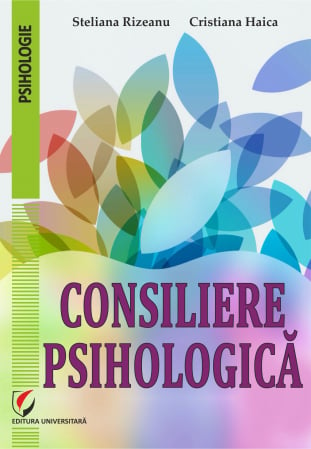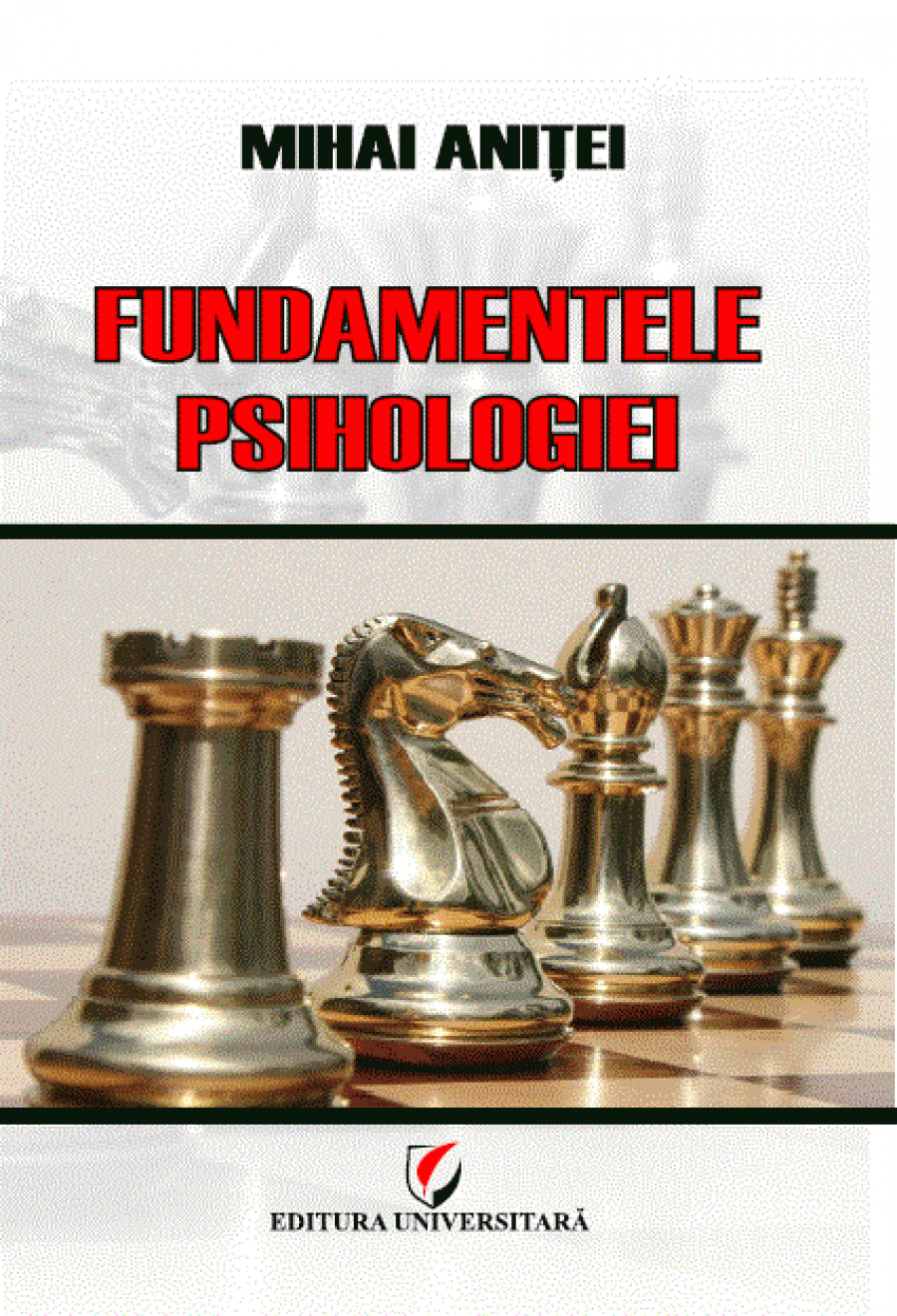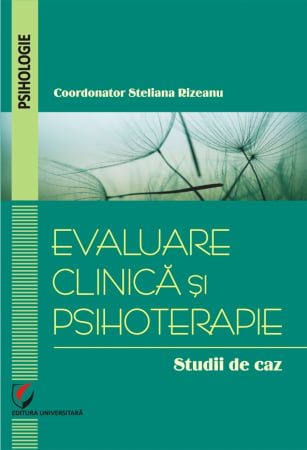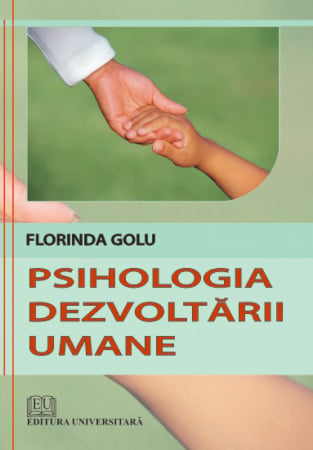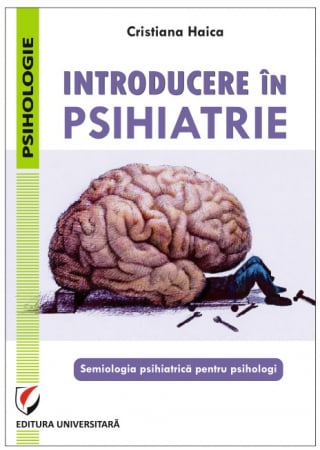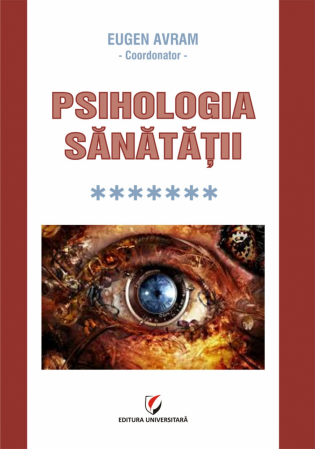ISBN: 978-606-28-0698-9
DOI: 10.5682/9786062806989
Publisher year: 2018
Pages:
Publisher: Editura Universitară
Author: Costin Cringus
- Description
- Download (1)
- Authors
- Reviews (0)
Although legal psychology is a relatively young but prosperous field, it is imperative to know all the cognitive processes, emotional and motivational that are making a individual to violate moral, civic and criminal norms, and also to know the behavior of people involved in the prevention, production and resolution of conflicts arising between what is “normal” and what is undesirable. These conflicts appear when a person deviates from the legal rules, and like any other scientific discipline, legal psychology has as a purpose the prediction, explanation and prevention of the behavior that is harmful and useless for the society.
A world that is different, the prison becomes a benchmark for recidivist offender, it is a universe with the primary aim to reeducate the misfits of the society, for that the society to develop with the help of each one of its members.
Crime undermine the interests of society and jeopardize the orderly functioning with its attack on society foundations. One of the steps in treating the highlighted issue by this paper would be presenting of professional articles in the scientific sphere. These articles present the need of a individual to participate in physical exercise.
The purpose of this paper is to identify patterns of coping and/or defense mechanisms in penitentiary of an inmate. By revealing this, could lead to improved psychological, social and educational services by trying to reduce the increased risk of relapse in today’s society.
The main objective (O1) of this paper is finding and identifying the coping mechanisms of an individual in the situation of incarceration. Their knowledge may have a lead to full reintegration of the inmate into the general population. The methods used for evaluation of the defense mechanism I used the DSQ-60 and COPE calibrated and validated for the Romanian population and also I used a semi-structured interview.
Problems encountered during the application of questionnaires are: the items are not easily understood by everyone. The subject has had problems in understating the contextual meaning of items and needed a more elaborated explanation (with examples / other ways of saying the same thing). The subject has tended to respond to the ends of the scale of response. Very few of his responses were in the middle of the scale.
In future research directions, there could be used a comparative study between different types of inmates and / or between inmates with different ages. A comparative study between those who are working in a stressful environment and criminals in prison or between recidivist inmates and ones that are incarcerated for the first time.
The reason I made this dissertation was especially knowing how an individual who is in a stressful situation (as an inmate), adapt and the mechanisms they are using to meet and prevent the coming events. During application of the questionnaire and semi-structured interview, I informed the subject that the process can be stoped at any time, and if the questions are offending him or he’s feeling disturbed from a specific reason or no reason at all he may simply stop and leave the room. I considered that this reason should be remembered to the subject and from 20 to 20 items I asked him if he’s feeling anxious.
Throughout the duration of the process, the subject was in a good mood, willingly, eager to help. Prison life involves social instability of the individual the “degree of assurance of the identity of how he procures ways that allow the anticipation of reality and how he can act accordingly” (Pollak, M., 1990, p. 267). Differences to the identity of the convicts are performed in some unstable contexts. Time seems to make the inmate to change his moral values. The obligation to live inside the prison, wishind to escape from it, the detainees constantly reconstruct their identity either to enter one’s group or the display a façade of an ordinary inmate.
-
MECANISME DE ADAPTARE SI ASPECTE ALE MEDIULUI PENITENCIAR
Download

6359.png)
![MECANISME DE ADAPTARE SI ASPECTE ALE MEDIULUI PENITENCIAR - Costin Cringus [1] MECANISME DE ADAPTARE SI ASPECTE ALE MEDIULUI PENITENCIAR - Costin Cringus [1]](https://gomagcdn.ro/domains/editurauniversitara.ro/files/product/large/mecanisme-de-adaptare-si-aspecte-ale-mediului-penitenciar-334-489470.jpg)

